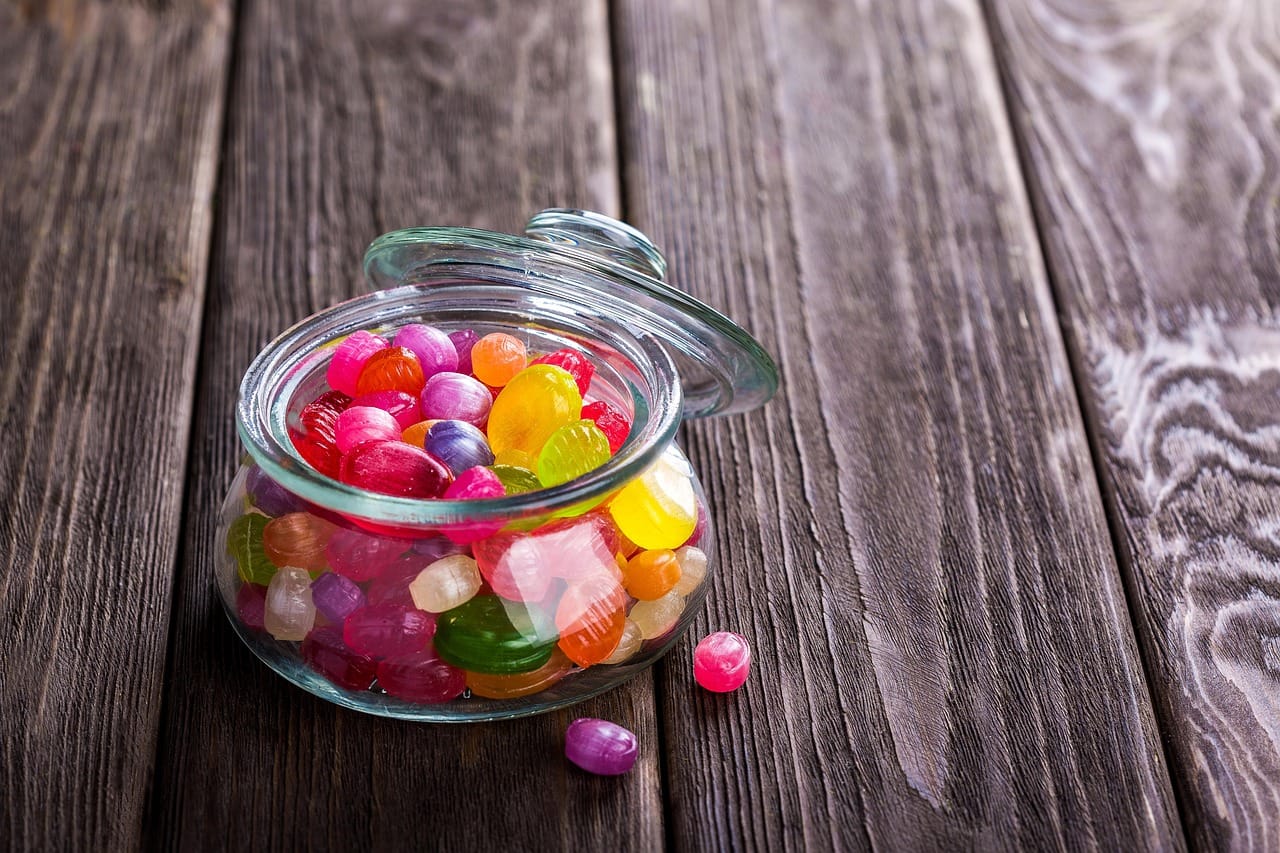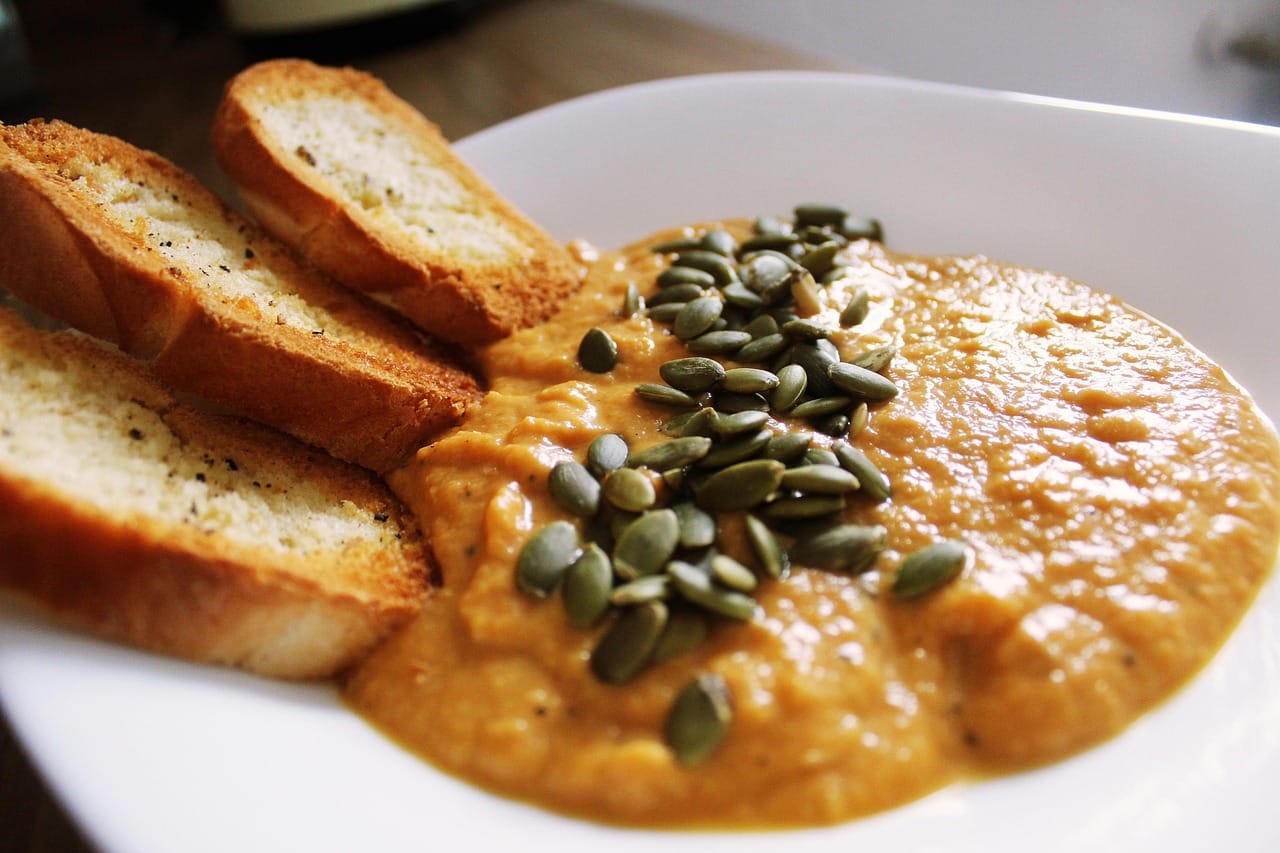Sponge cake, a light and airy delight, is a versatile dessert staple enjoyed worldwide. Its delicate texture and subtle sweetness make it the perfect base for a multitude of treats, from elegant trifles to simple afternoon tea cakes. Whether you’re a seasoned baker or just starting out, understanding the nuances of sponge cake is key to mastering this classic recipe. This guide will explore the secrets to baking the perfect sponge cake, covering everything from ingredients and techniques to troubleshooting common issues.
The Magic of Sponge Cake: What Makes it So Special?
The Appeal of Airiness
Sponge cake’s defining characteristic is its light and airy texture. This is achieved through a generous amount of air incorporated into the batter, primarily through whisking eggs. This air expands during baking, creating a delicate, porous crumb. This makes sponge cakes distinct from heavier cakes which rely more on chemical leaveners like baking powder.
Here are some reasons why sponge cake is so beloved:
- Light and Delicate: Easy to digest and not overly rich.
- Versatile Base: Pairs well with various flavors and toppings.
- Absorbs Flavors Well: Ideal for soaking in syrups and liquors.
- Visually Appealing: Its pale, golden color makes it a beautiful canvas for decoration.
A Global Dessert Icon
Sponge cake transcends geographical boundaries, with variations found in countless cultures. From the classic Victoria Sponge in Britain to the genoise in France and the chiffon cake in Asia, each variation showcases the versatility of this fundamental recipe. The core principle of air incorporation remains constant, but the specific ingredients and techniques vary widely, resulting in unique flavor profiles and textures.
For example, the Japanese Castella cake (Kasutera) is a rich, moist sponge cake made with honey, while the Italian Pan di Spagna is a lighter, drier version often used as a base for tiramisu.
Key Ingredients for the Perfect Sponge
The Foundation: Eggs, Flour, and Sugar
The basic sponge cake recipe relies on three main ingredients: eggs, flour, and sugar. However, the quality and proportion of these ingredients are crucial to the outcome.
- Eggs: Provide structure, richness, and leavening. Use fresh, large eggs at room temperature for best volume.
- Flour: Provides structure. Use cake flour for a more tender crumb. All-purpose flour can be used, but consider sifting it multiple times to lighten it.
- Sugar: Adds sweetness, moisture, and helps tenderize the cake. Granulated sugar is the most common choice.
Optional Enhancements
While the basic recipe is simple, a few additions can enhance the flavor and texture of your sponge cake.
- Vanilla Extract: Enhances the flavor, providing a warm and inviting aroma.
- Lemon Zest: Adds a bright, citrusy note.
- Butter or Oil: Adds moisture and richness (often used in modified sponge cake recipes like chiffon cake).
- Salt: Balances the sweetness and enhances the other flavors.
Practical Tip: Always measure your ingredients accurately. Using a kitchen scale is the most reliable method, especially for flour.
Mastering the Technique: The Art of Air Incorporation
The Importance of Egg Whisking
The key to a light and airy sponge cake lies in incorporating as much air as possible into the eggs. There are two primary methods for this:
- Whole Egg Method: Whisking the eggs and sugar together until they are pale, thick, and have tripled in volume. This method requires a longer whisking time.
- Separated Egg Method: Separating the egg whites and yolks. The whites are whisked into a meringue and then folded into the yolk mixture. This method creates a lighter cake but requires more careful handling.
Practical Example: When using the whole egg method, whisk the eggs and sugar for at least 5-7 minutes on high speed using an electric mixer. The mixture should form a ribbon when drizzled back into the bowl.
Folding: The Gentle Art
Once the eggs are properly whisked, the flour must be incorporated gently to avoid deflating the air. This is where folding comes in. Use a large spatula and cut down through the center of the batter, scoop underneath, and fold the batter over itself. Rotate the bowl and repeat until the flour is just incorporated. Avoid overmixing, as this will develop the gluten in the flour and result in a tough cake.
Actionable Takeaway: Be patient and take your time when folding. It’s better to have a few streaks of flour remaining than to overmix the batter.
Baking and Cooling: The Final Steps
Baking Time and Temperature
Baking time and temperature are crucial for achieving the perfect sponge cake. A moderate oven temperature of around 325-350°F (160-175°C) is generally recommended. The baking time will vary depending on the size of the cake and the oven, but it typically ranges from 25-40 minutes. The cake is done when it springs back lightly when touched and a toothpick inserted into the center comes out clean.
Statistics: Studies have shown that baking at a slightly lower temperature results in a more even rise and a less domed top.
Cooling and Demolding
Proper cooling is essential to prevent the cake from collapsing. Let the cake cool in the pan for 10-15 minutes before inverting it onto a wire rack to cool completely. This prevents condensation from forming on the bottom of the cake, which can make it soggy.
Important Note: For some sponge cake recipes, like angel food cake, the cake is cooled upside down in the pan to maintain its volume.
Troubleshooting Common Issues
Flat or Dense Cake
A flat or dense sponge cake is usually caused by one or more of the following issues:
- Insufficient Whisking: The eggs weren’t whisked enough to incorporate enough air.
- Overmixing: Overmixing the batter after adding the flour deflated the air.
- Incorrect Oven Temperature: The oven temperature was too low, causing the cake to collapse.
- Old Baking Powder (if used): Baking powder that is past its expiration date will not leaven properly.
Dry Cake
A dry sponge cake can be caused by:
- Overbaking: The cake was baked for too long, causing it to lose moisture.
- Too Much Flour: Too much flour absorbed too much moisture.
- Low Fat Content: Some sponge cake recipes rely solely on eggs for moisture, so adjustments may be needed for drier climates.
Practical Solution: If your cake is slightly dry, brush it with a simple syrup after baking.
Cracked Top
A cracked top is usually caused by the oven being too hot. Reduce the oven temperature slightly for the next batch.
Conclusion
Mastering the art of sponge cake baking is a rewarding journey. By understanding the role of each ingredient, perfecting the technique of air incorporation, and carefully controlling the baking process, you can consistently create light, airy, and delicious sponge cakes. Don’t be afraid to experiment with different flavors and variations to create your own signature sponge cake masterpiece. Happy Baking!




